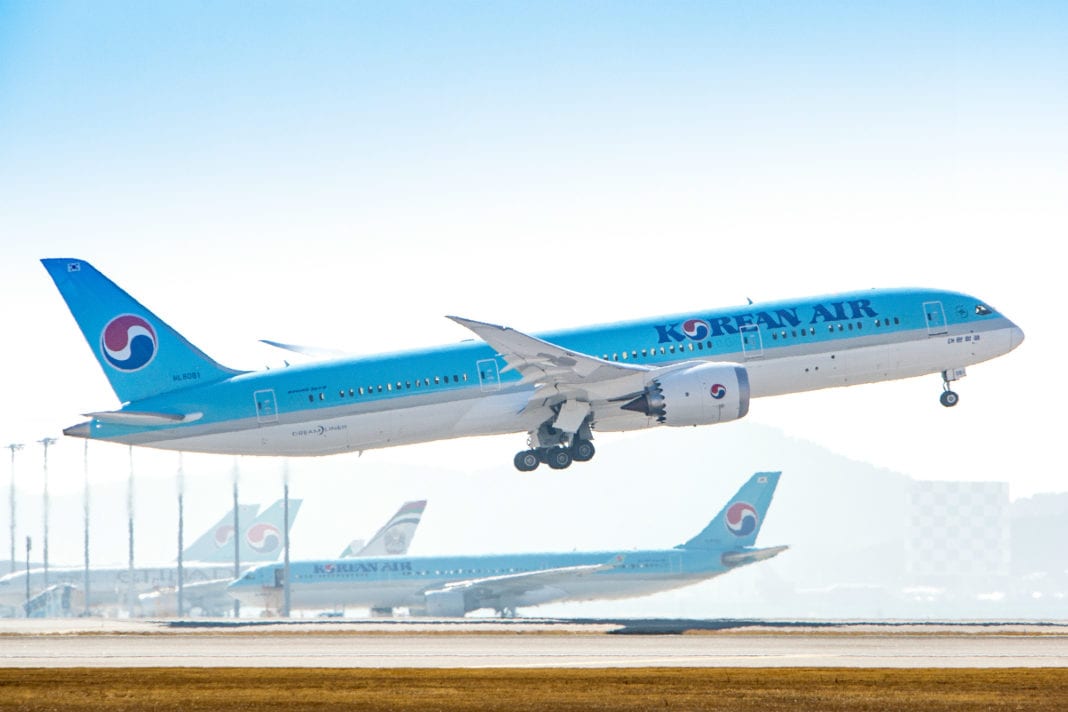TOKYO, Japan – To attract overseas visitors, both public and private sectors in Japan are focusing on better hospitality.
There have been about 9.5 million visitors to Japan this year since January, a significant jump from the previous year. The nation is likely to reach a government-set annual target of 10 million visitors for the first time.
The government has increased its efforts to lure tourists, such as facilitating immigration procedures, while companies are working harder to show “omotenashi,” Japanese-style hospitality, through their services.
In addition to the weaker yen, which makes travel less costly for visitors to Japan, the expansion of flights by low-cost carriers appears to be a contributing factor in tourist growth.
The number of visitors from Southeast Asia has been significant since the Japanese government eased visa requirements for five countries in the region, such as short-term visa exemptions for Malaysia and Thailand from July, and extended the period for which a foreigner may stay in Japan.
A further increase in the number of overseas travelers is expected to boost the Japanese economy. According to the Bank of Japan, the money spent by foreign visitors to Japan from April to June made up 0.31 percent of the nation’s nominal gross domestic product during the same quarter, marking a record high.
To tap into domestic consumption by such visitors, many companies have gone on the offensive. On Nov. 28, electronics retailer Laox Co. opened a major tax-free store in Ginza, Tokyo, where sales personnel can speak 15 different languages, including English, Chinese, Persian and Hindi.
The store sells not only electronics products, but also various Japanese traditional craft goods. About 160 varieties of Nanbu ironware, popular among Chinese customers, are available at the store, and products priced at about ¥100,000 sell well, according to the company.
The Gifu Convention and Visitors Bureau held a seminar in Gifu late last month on how to cater to Muslims, as the number of travelers from the Association of Southeast Asian Nations, where a large number of Muslim people live, will likely increase.
Yoshio Ito, the 64-year-old president of the long-established Japanese-style inn Juhachiro, learned about dietary habits and other Muslim cultural aspects at the seminar.
“I’m sure we’ll see more [Muslim travelers] come to Japan. I want to learn about them more to be better prepared for their visits,” Ito said.
However, even if Japan hits the 10 million mark, the nation remains far from a top tourist destination. In a 2012 ranking, Japan was placed 33rd, with 8.35 million foreign visitors. Top-ranking France had about 10 times as many visitors with 83.01 million.
In preparation for the 2020 Tokyo Olympics, the government is considering improving immigration control procedures and expanding the current duty-free plan.
Its revitalization strategy is aiming to achieve 30 million overseas visitors in 2030. To do so, the nation needs to implement mid- and long-term plans, such as building more accommodation facilities and strengthening the functions of the Japan Tourism Agency and the Japan National Tourism Organization.






















